
The nutritional and medicinal value of onions is well known: they contain important substances that increase the body’s resistance to diseases. There are several main dishes that use different types of onions, either fresh or processed. In total, there are about 900 species in the onion family.
The army of perennial bows is diverse. They are frost-resistant, not damaged by onion fly. Under such a plant, you can select the far shaded corner of the garden: it is unpretentious and grows 5-7 years in one place.
The most common representative of perennials in the world of onions is Allium fistulosum. It is propagated vegetatively and by seeds. Without exaggeration, we can say that it is in every garden.
Allium nutans
A pleasant soft-spicy taste has a drooping onion, better known as Allium nutans. It appears in early spring, as soon as the snow melts, when no other greenery is visible. The bushes are squat, with broad, succulent leaves that do not become coarse until autumn. Herbs can be completely cut 3-4 times per season. Bushes in the first four years give a lot of shoots, then the growth rate decreases. This means that it’s time to plant the young onions again .
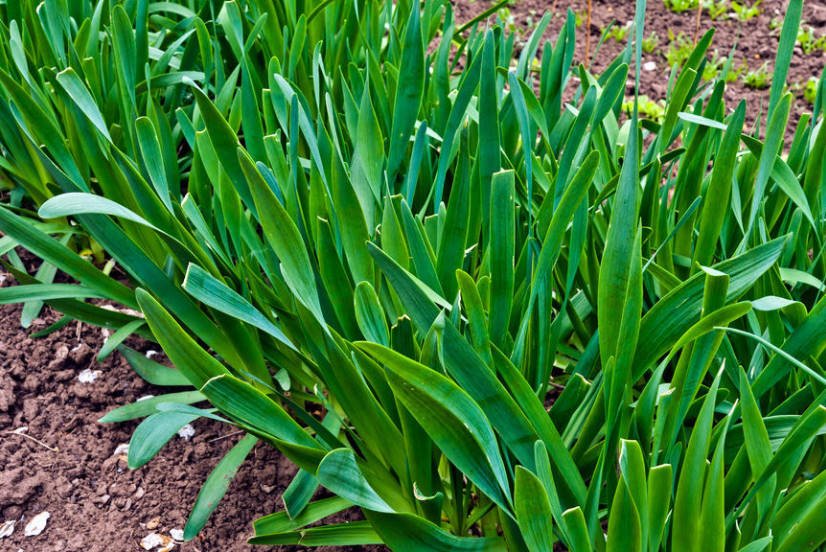
Perennial Allium nutans
It grows in Siberia and the mountainous regions of Central Asia. In recent years, it has been grown as a garden crop. The plant is not capricious, unpretentious and does not require much attention. During flowering, it is very decorative.
It is valued for its useful properties and distinct taste. It is used to prepare salads, make fillings for pies, use as a seasoning in various dishes, and also salt and dry for the winter.
Tiered onion
An interesting, unusual, worthy to be grown on the site multi-tiered onion (Allium proliferum). It has many names: Egyptian, viviparous, horned, Canadian, walking. In the first year, it is similar to an ordinary onion, in the second year, a flower arrow is formed, on which small air bulbs 2-3 cm (0.8-1.2 in) in diameter grow in 2-3 floors. They serve as planting material.
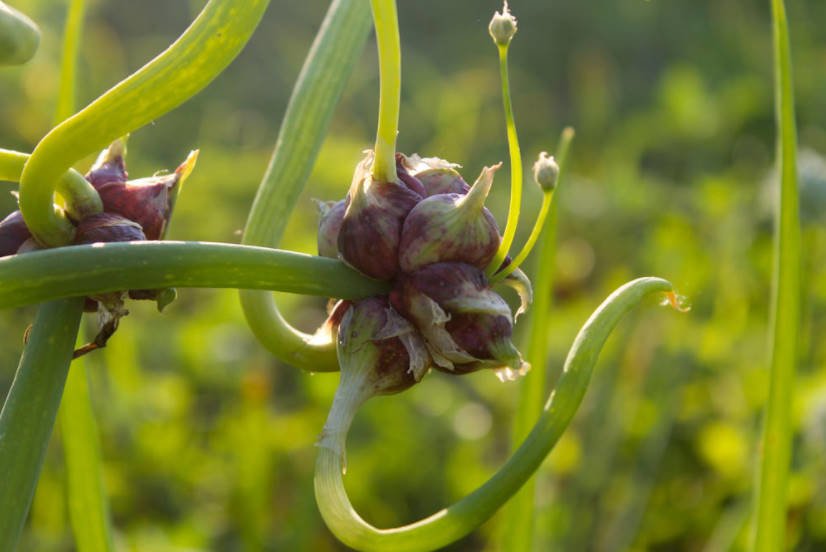
Instead of inflorescences, air bulbs are formed on a multi-tiered bulb
Underground bulbs of red-purple color, with thick juicy scales, are collected in a nest of 3-5 pieces. Both aerial and underground bulbs have a sharp taste and a pronounced aroma. Due to this property, multi-tiered onions are used in marinades, canning, as a spice to dishes. It should be noted that the bulbs can only be used in summer and autumn: they do not ripen and, therefore, do not persist in winter, they germinate quickly.
Allium ursinum
Allium ursinum, which grows in the wild, is found everywhere. The plants are characterized by a garlic taste and aroma. In appearance, a little like an onion, it can easily be mistaken for lilies of the valley. For its unusual taste and useful properties, it is in great demand. It is used for making salads, as a seasoning for the second course, pickled, salted.
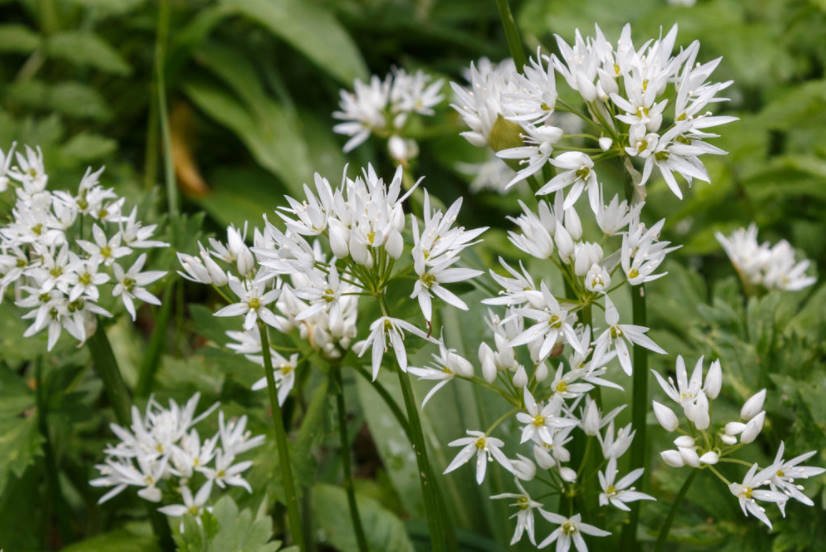
Allium ursinum can easily be mistaken for a lily of the valley
Onions are undemanding to care for, it is not difficult to grow them. You can find the seeds of two subspecies: the bear and the victorious onion, and also propagate them vegetatively. Agricultural techniques are simple-loosening the soil, watering in dry years, thinning out overgrown shrubs.
Scythe onion
Oblique onion(Allium obliquum) is also called mountain garlic. It is widely distributed in natural conditions, but practically does not occur in private plots. It looks like garlic: the same flat, 2-2.5 cm (0.8-1 in) wide leaves, tapering, like garlic, to the top, turn away from the stem. The flower stalk, similar to an onion, is a multi-colored spherical inflorescence with yellow fragrant flowers, which attracts bees with its aroma.
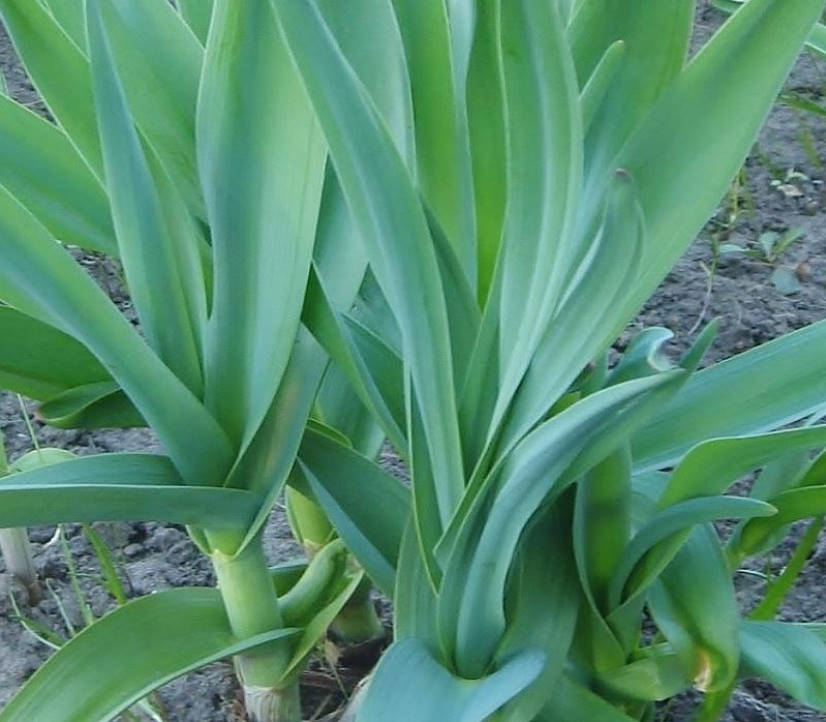
The agricultural technique of cultivation is the same as that of other perennials. The onion ripens, and the leaves quickly become tough and inedible. To make the greens juicy and fresh, it is necessary to cut them 2-3 times during the summer. This is a great seasoning for meat dishes, and this onion can be used in preservation instead of garlic.
Allium ramosum
Allium ramosum or jusai comes from China. At the same time, this representative does not find fans among gardeners, which is a pity. Its leaves remain tender and soft almost all summer. They taste nice, not spicy, with a subtle smell of garlic. It is not recommended to cut the greens completely, it is advisable to cut off the extreme leaves, and leave 3-4 medium ones. The onion blooms in late August.
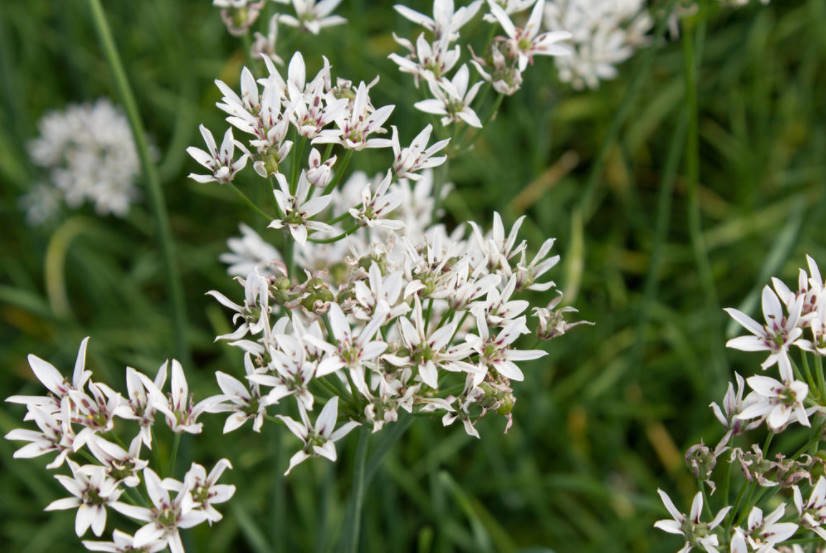
I must say that the jus’ai has very beautiful flowers: white star-shaped flowers are collected in a hemispherical free umbrella. Such onions can be planted on an alpine slide, because in the wild they grow on hills and rocky slopes.
Schnitt-bow
One of the most decorative perennial onions is Allium schoenoprasum. It adapts perfectly to any natural conditions: it can grow in harsh climates, and thrives in arid steppes. The delicate tubular leaves of Allium schoenoprasum are a real storehouse of useful substances. Only they need to be cut regularly, otherwise they will become hard.
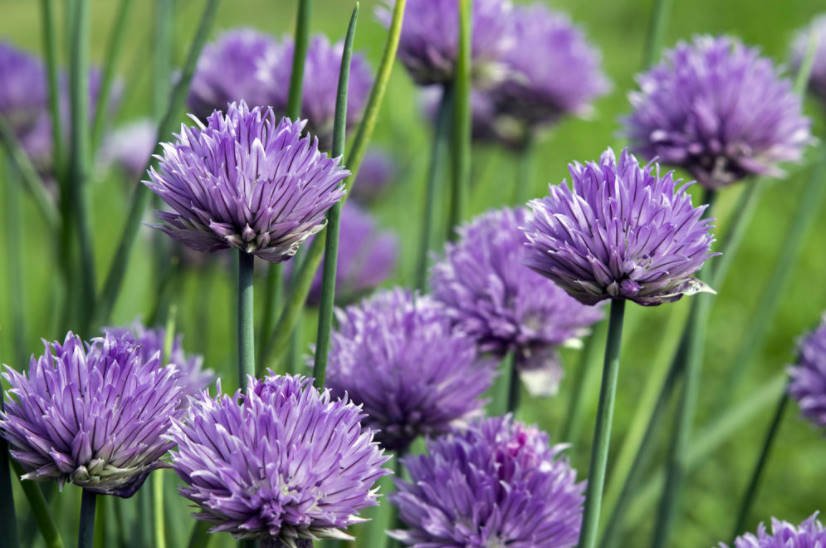
Allium schoenoprasum is very decorative
It is grown for early greens, and more often-for white, purple, pink fluffy inflorescences. They are in good harmony with many plants, and this onion can be a great living border for flower beds. This onion loves moisture, farming comes down to a rich glaze. Each of these types of perennial bows is worthy of growing in your garden or vegetable garden.
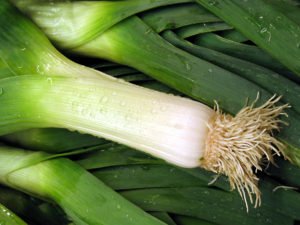
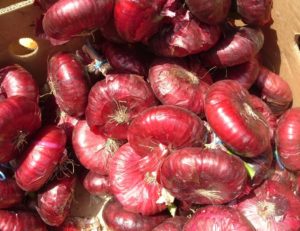
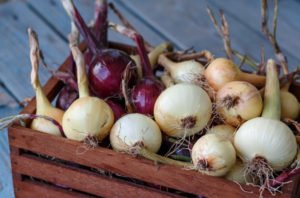
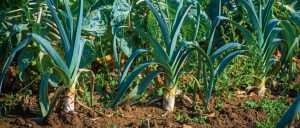
Leave a Reply